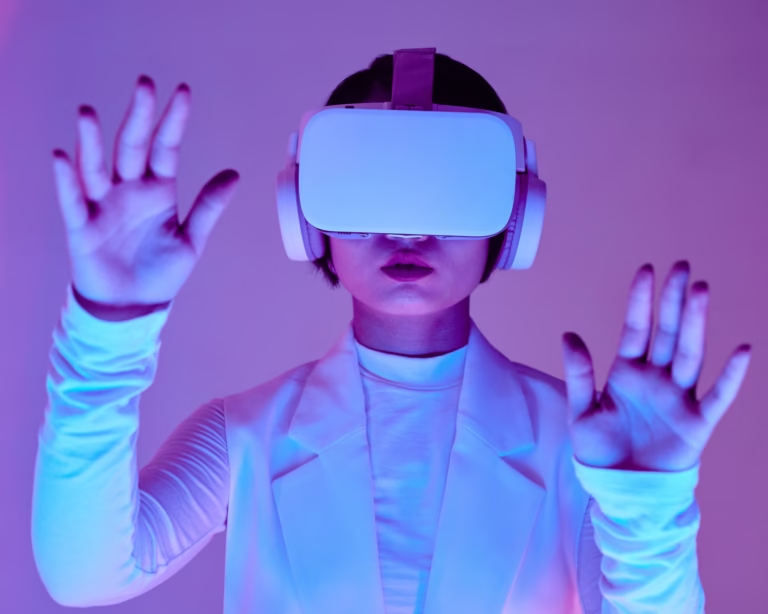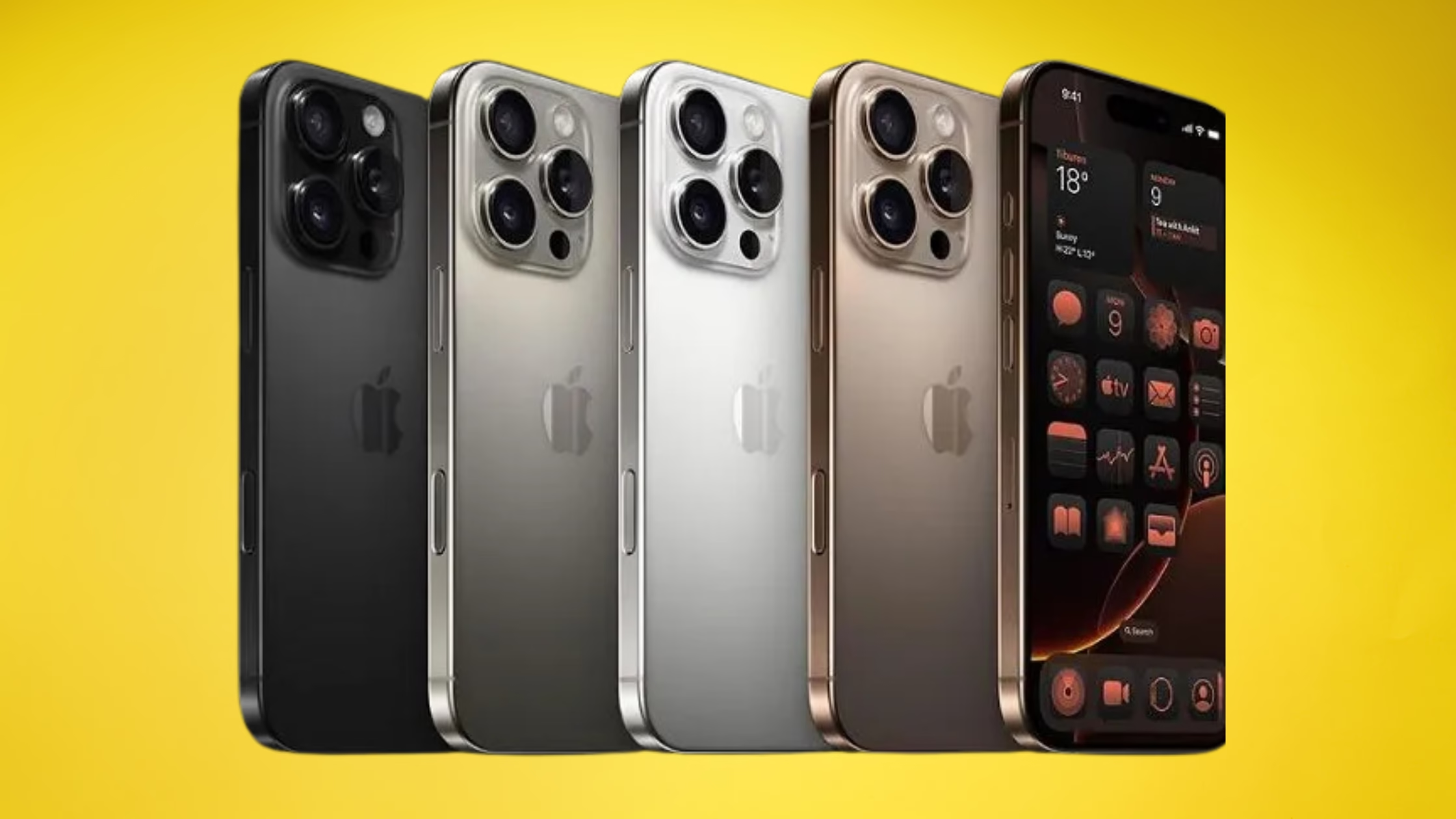The Evolution of Wearable Technology
Wearable technology has undergone a remarkable evolution since its inception, transitioning from rudimentary devices focused primarily on basic health monitoring to sophisticated smart wearable devices embedded with advanced functionalities. The journey began in the late 20th century when simple heart rate monitors were introduced, primarily serving fitness enthusiasts. These early devices laid the groundwork for more complex innovations that would emerge as technology advanced.
By the early 2000s, the landscape of wearable tech began to shift significantly with the introduction of smartwatches and wearable tech innovations that integrated mobile connectivity. These devices not only tracked fitness metrics but also allowed users to receive notifications, control music, and access applications directly from their wrists. This integration marked a pivotal moment, as wearable technology started to encompass lifestyle elements in daily life, evolving into multifunctional gadgets that catered to a wider audience.
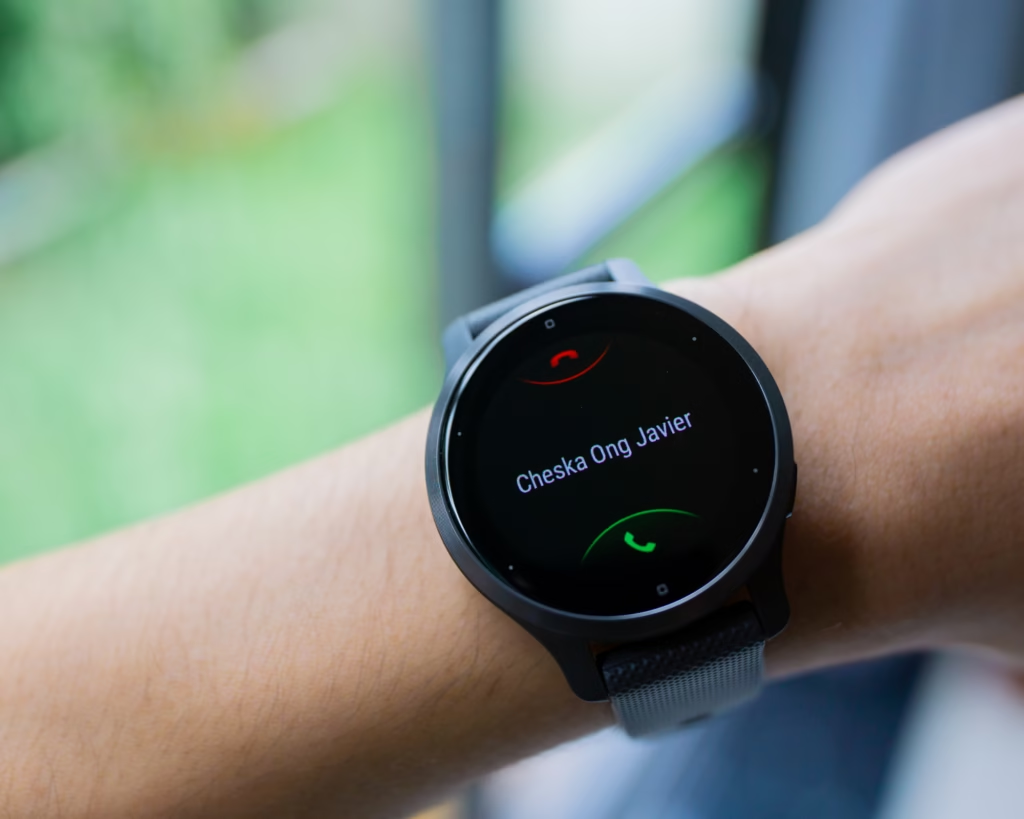
As advancements continued, the emergence of healthcare wearable devices took center stage. These devices, capable of monitoring vital signs, tracking sleep patterns, and even detecting irregular heartbeats, revolutionized patient care and health management. Furthermore, the development of smart clothing technology—such as shirts, socks, and other garments embedded with sensors—offers an innovative approach to health monitoring, illustrating how wearable tech can seamlessly blend into everyday attire.
Non-fitness wearable devices are also gaining traction, with innovations aimed at enhancing productivity and ensuring workplace safety. These advanced wearable gadgets are designed for various applications, ranging from augmented reality glasses for industrial use to smart helmets that monitor worker conditions in real-time. The latest trends in wearable tech highlight an ongoing commitment to integrating these devices into diverse sectors, reflecting a robust future of wearable technology that extends far beyond traditional fitness tracking.
Applications in Healthcare and Wellness
Wearable technology has made significant strides in the realm of healthcare, offering advanced wearable gadgets that are transforming the way health monitoring is conducted. These smart wearable devices are designed to monitor vital signs, such as heart rate, blood pressure, and oxygen saturation, in real-time. This capability is especially beneficial for individuals with chronic health conditions, allowing for timely interventions when necessary. By continuously tracking these vital parameters, healthcare wearable devices can also assist in identifying potential health issues before they escalate, thereby facilitating preventative care strategies.
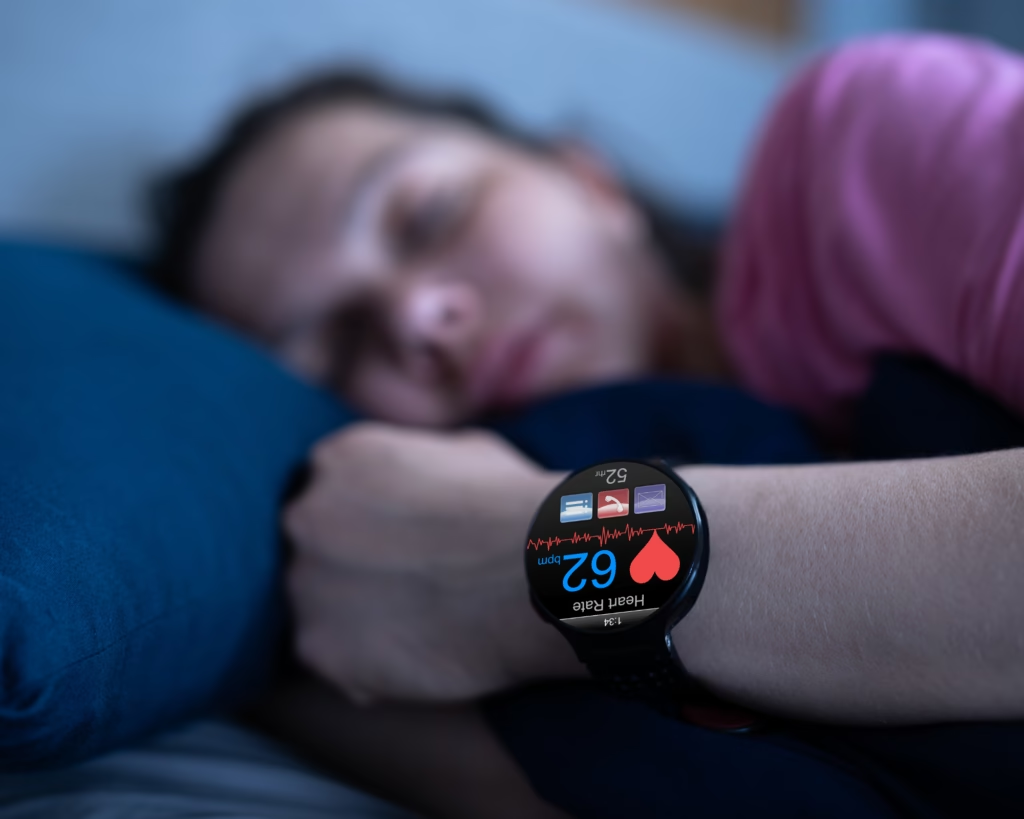
Wearable tech goes beyond basic health monitoring by enabling real-time data sharing with healthcare professionals. This fosters personalized treatments and remote care. Doctors can access patient metrics remotely, enhancing telemedicine and ensuring continuous, collaborative healthcare from any location.
Furthermore, the applications of wearable tech are not restricted to fitness enthusiasts. Non-fitness wearable devices, such as stress management trackers and advanced sleep monitors, play a critical role in promoting wellness. These devices provide insights into an individual’s lifestyle, encouraging behavioral changes that enhance overall health. As wearables gain popularity, their implications in workplace safety also emerge as a priority, with wearable tech for workplace safety devices ensuring that employees’ health is monitored in real-time, thus fostering a safer and more productive work environment.
The future of wearable technology in healthcare is promising, with ongoing research and development driving new capabilities and applications. As this technology continues to evolve, it holds the potential to significantly reshape the landscape of healthcare delivery, making it more accessible and effective for individuals at all stages of life.
Wearable Tech for Every Lifestyle
Wearable technology has evolved far beyond its initial conception as simple fitness trackers. Today, the landscape of advanced wearable gadgets encompasses a broad spectrum of devices that cater to various lifestyles and professions. From fashion-forward smart accessories to high-performance equipment that enhance workplace productivity, these innovations have become integral parts of everyday life. One can observe the seamless integration of smart wearable devices into the daily routines of tech-savvy enthusiasts, athletes, and professionals alike, each benefiting in unique ways.

An essential area of application lies in the realm of non-fitness wearable devices, which serve various functions beyond the confines of physical health monitoring. For instance, smartwatches now offer features that enable users to manage calls, messages, and notifications, demonstrating their utility in maintaining connectedness while on the move. Additionally, the latest trends in wearable tech have introduced smart clothing technology, wherein fabrics embedded with sensors can monitor physiological data, offering valuable insights into one’s health and wellness. Such innovations appeal not just to athletes but also to everyday individuals looking for effective health management solutions.
Furthermore, wearable tech has made significant inroads into professional settings. Wearable devices for productivity are designed to improve workflow and operational efficiency, allowing employees to track vital tasks and stay organized. Equally critical is the role of wearable tech for workplace safety; devices equipped with monitoring technology can track environmental conditions and alert workers to potential hazards. Overall, the applications of wearable tech have expanded widely, promoting wellness and encouraging a balanced lifestyle while accommodating the diverse needs of users ranging from fitness aficionados to busy professionals.
Future Trends and Innovations in Wearables
The wearable technology landscape is evolving beyond fitness tracking, with trends like augmented reality (AR) shaping its future. AR-integrated wearables, such as smart glasses, enhance real-time interaction and have applications in retail, education, and military training.
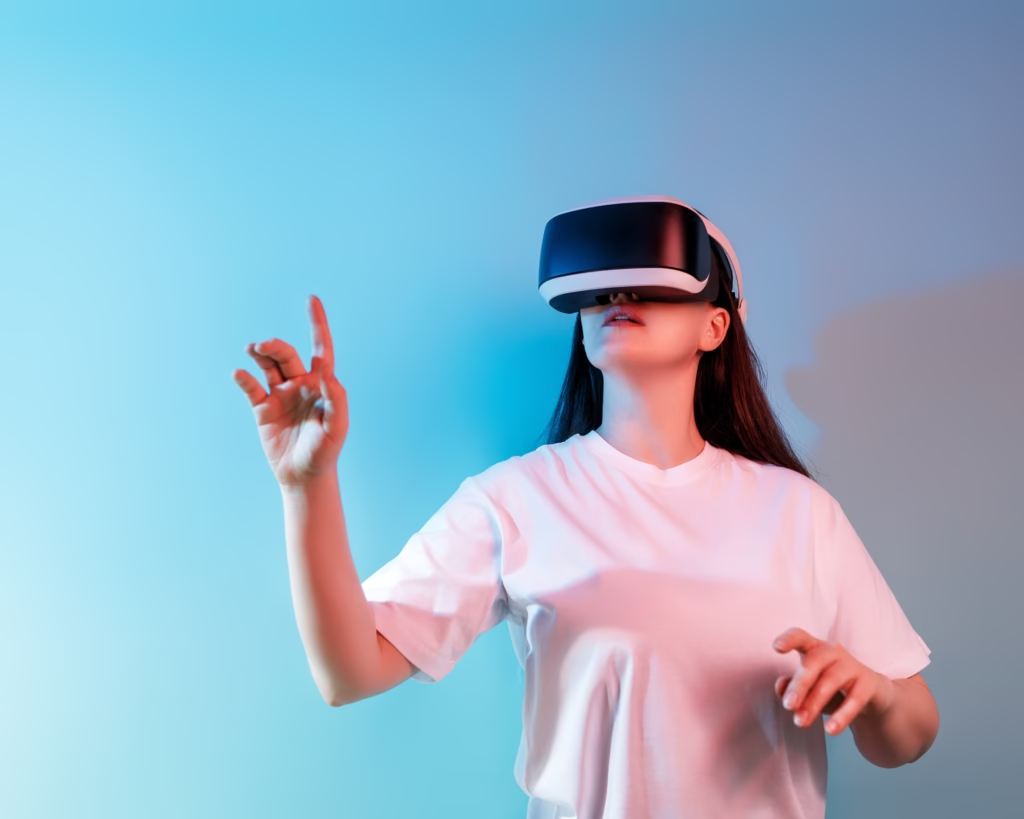
Another significant trend is the evolution of biometric monitoring capabilities within healthcare wearable devices. These innovations not only enable continuous health tracking but also provide vital data that can foster preventative healthcare solutions. By leveraging these advanced wearable gadgets, individuals can gain personalized health insights, while healthcare providers can utilize this data for more accurate diagnostics and tailored treatment plans. This focuses on the growing demand for integrated wellness solutions that encompass physical, mental, and emotional health.
Furthermore, the future of wearable technology is likely to see greater integration with the Internet of Things (IoT), allowing for improved connectivity and functionality. This interconnectivity will facilitate a seamless user experience across various applications, including home automation, workplace safety, and even public transportation. As smart wearable devices become more adept at communicating and sharing data, businesses and consumers alike will benefit from increased productivity and enhanced safety measures.
Artificial Intelligence (AI) will also play a vital role in personal health insights generated through wearable tech innovations. AI can analyze vast amounts of data collected by these devices, offering users actionable recommendations tailored to their specific health and lifestyle needs. This combined potential of AI and wearable technology heralds a new era where maintaining holistic well-being becomes increasingly accessible and efficient.
These emerging trends underscore how wearable tech will shape various industries and foster new opportunities for businesses and consumers, enhancing quality of life through innovative solutions.

